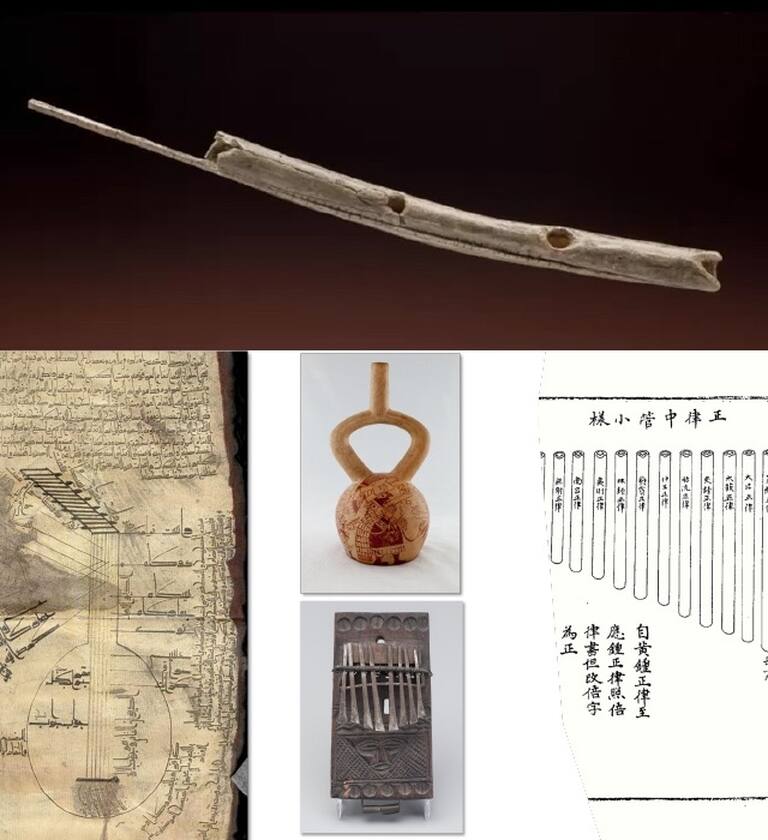Thinking Music: Global Sources for the History of Music Theory
Thinking Music seeks to showcase the range and variety of music theorizing by presenting some three hundred short entries, each of which introduces a source of historical music theorizing. Our aim is to expand the range of available sources over time and place by moving beyond the canon of European theoretical treatises on which the history of music theory has traditionally focused, at least as practiced in the Anglophone academy. Thinking Music will therefore include a greater number of music-theoretical texts and inscriptions drawn from musical cultures around the world, from prehistoric times to the early twentieth century. Excerpts from these sources will be presented in English translation (many for the first time) along with scholarly annotations, commentary, and relevant bibliography.
But we also seek to move beyond textual sources as the sole repository of musictheoretical knowledge by considering more ephemeral sources, material artifacts, and nondiscursive evidence. Such a source could be an ancient musical instrument excavated by archeologists, or an iconographic depiction on pottery. Then again, it might be an interview or an ethnographic report of some oral tradition. Together, we hope that our range of sources will provide a broader conception of what it means to “theorize” in music and the manifold ways in which the notion of “music theory” might serve as a productive and creative heuristic for musicians and scholars alike. Our anthology of sources, we should emphasize, is not by itself intended to constitute a “history” of global music theory; rather, it will be a contribution to the broader repository of sources out of which such future histories might grow.
